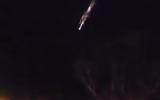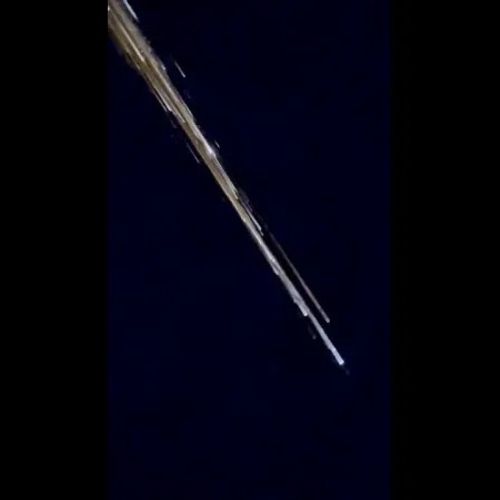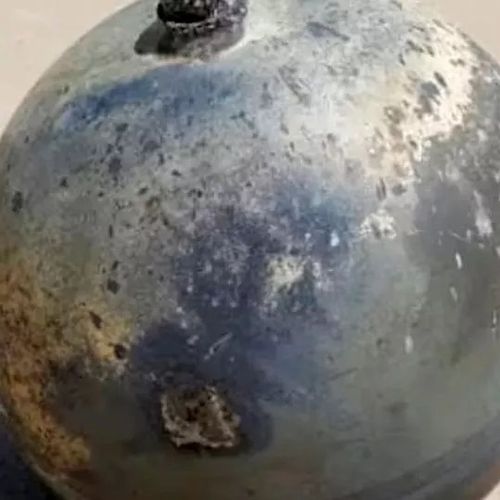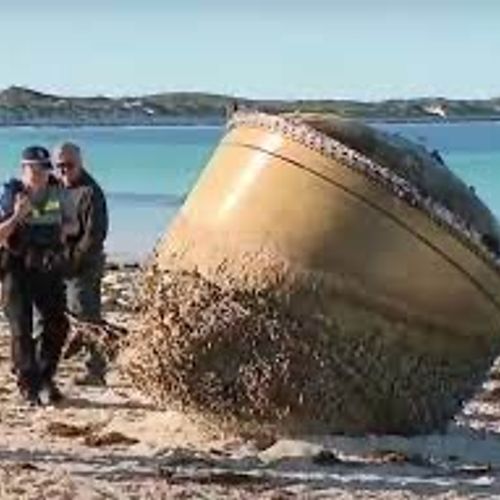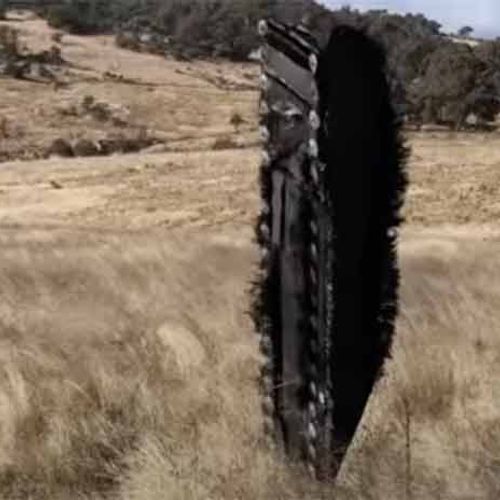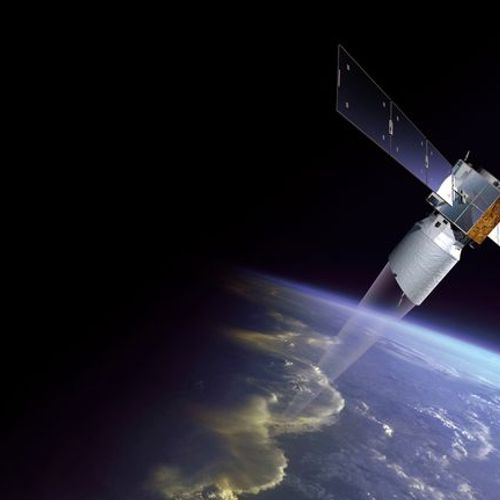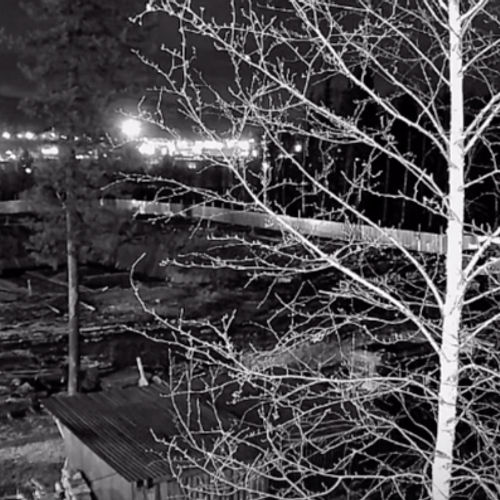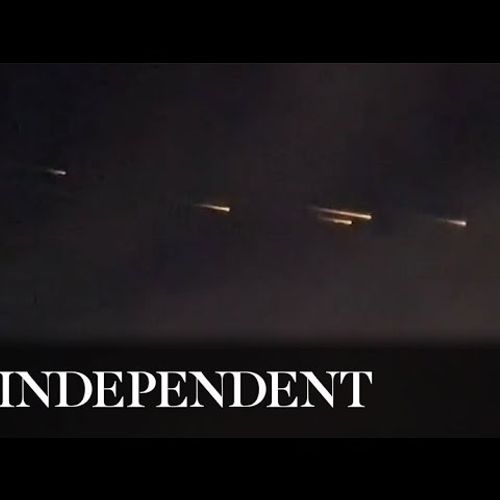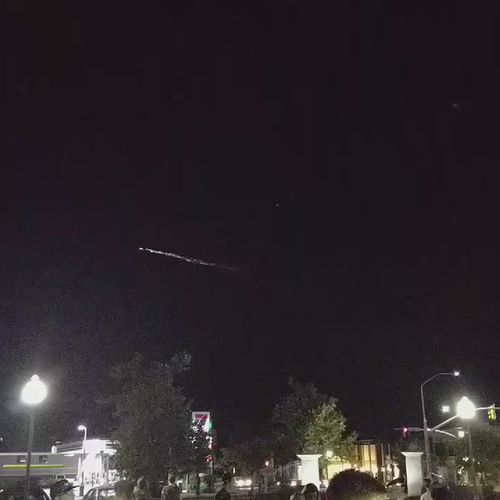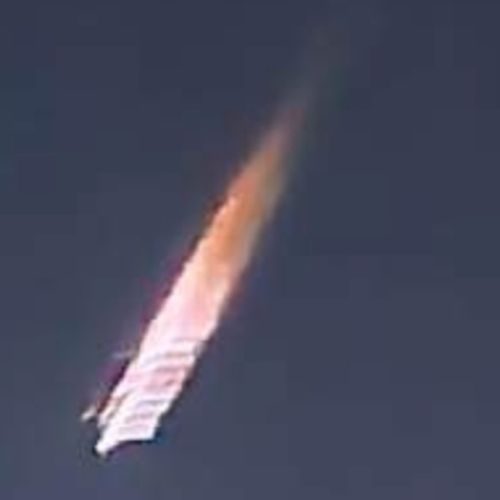
| Added | Wed, 09/08/2023 |
| Источники | |
| Дата публикации | Wed, 09/08/2023
|
| Версии |
Late last night, Melbourne residents were enchanted by the dazzling spectacle in the sky. Social networks were filled with messages about a bright light slowly floating across the sky, which led many to awe and surprise. But what was this heavenly sight? The first hours after observing the fireball are akin to a detective mystery, when scientists and experts are trying to unravel its secrets.
Video footage captured the mesmerizing moment when the fireball broke apart and its fragments burned up in a spectacular sight. This observation immediately showed that the object is of considerable size. Sounds similar to explosions that were heard in the territory of Victoria and are known as sound booms indicate that some fragments of the fireball managed to last long enough to enter the lower atmosphere. This intriguing detail suggests a dense composition of at least part of the fireball.
In addition, valuable information about the nature of the fireball is provided by the distinguishable colors of its glow, in particular, shades of orange. The presence of distinguishable colors suggests that the object was not an ordinary space stone, but a man-made one. Gorenje plastics or metals, reminiscent of school chemical experiments, indicates the possibility of re-entry of space debris into the Earth's atmosphere.
The realization that we may have witnessed several tons of space debris rushing towards our planet makes us think about the growing problem of orbital debris. Space debris refers to any man-made object in orbit that is no longer under our control. Surprisingly, global space debris tracking systems did not predict any re-entry into the atmosphere at the time of observation of the fireball.
A preliminary analysis conducted by American astronomer Jonathan McDowell suggests that the fireball may be associated with the third stage of the Soyuz-2 launch vehicle, which was carrying the GLONASS-K2 navigation satellite. This rocket was launched by Roscosmos on August 7 from the Plesetsk cosmodrome.
The spectacular brightness of the fireball is explained by the incredible speed of objects entering the thin upper layers of the Earth's atmosphere - 25,000 kilometers per hour or more. With such a rapid fall, there is a huge friction between space debris and the atmosphere, which leads to the appearance of a white-hot glow. Imagine that you rub your hands together, but a thousand times faster - the heat generated becomes intense enough to cause a glow.
To shed light on the origin of this fireball and its trajectory, astronomers urge eyewitnesses to download the application Fireballs in the Sky. By collecting data on numerous observations, experts will be able to triangulate the trajectory of the fireball and determine possible landing sites of the surviving debris. However, conflicting reports make it difficult to establish the exact trajectory of the fireball, which apparently entered the atmosphere from the northwest over Victoria and was moving southeast towards Tasmania.
Although most space debris is destroyed upon re-entry due to extreme temperatures of 5,000 Kelvin and above, some more durable components, such as engine blocks, can survive and reach Earth. Therefore, warnings about the entry of space debris into the atmosphere are extremely important, especially for the safety of aircraft. However, the high speed at which space debris is moving leads to the fact that even a minor error in the calculations of atmospheric entry can lead to debris falling hundreds of kilometers from the intended location. Thus, there is an urgent need to improve ground-based tracking stations and develop modeling methods to increase the ability to predict and reduce the risks associated with space debris.
Admiring the night sky and admiring its wonders, we cannot but recognize the problems generated by our own technological progress. The fireball over Melbourne serves as a vivid reminder of the growing problem of space debris and the need for joint efforts to solve it. Using the capabilities of technology and the collective participation of citizens, we will be able to unravel the mysteries of space and protect our planet from the dangers associated with orbital debris.
Новости со схожими версиями
Log in or register to post comments

